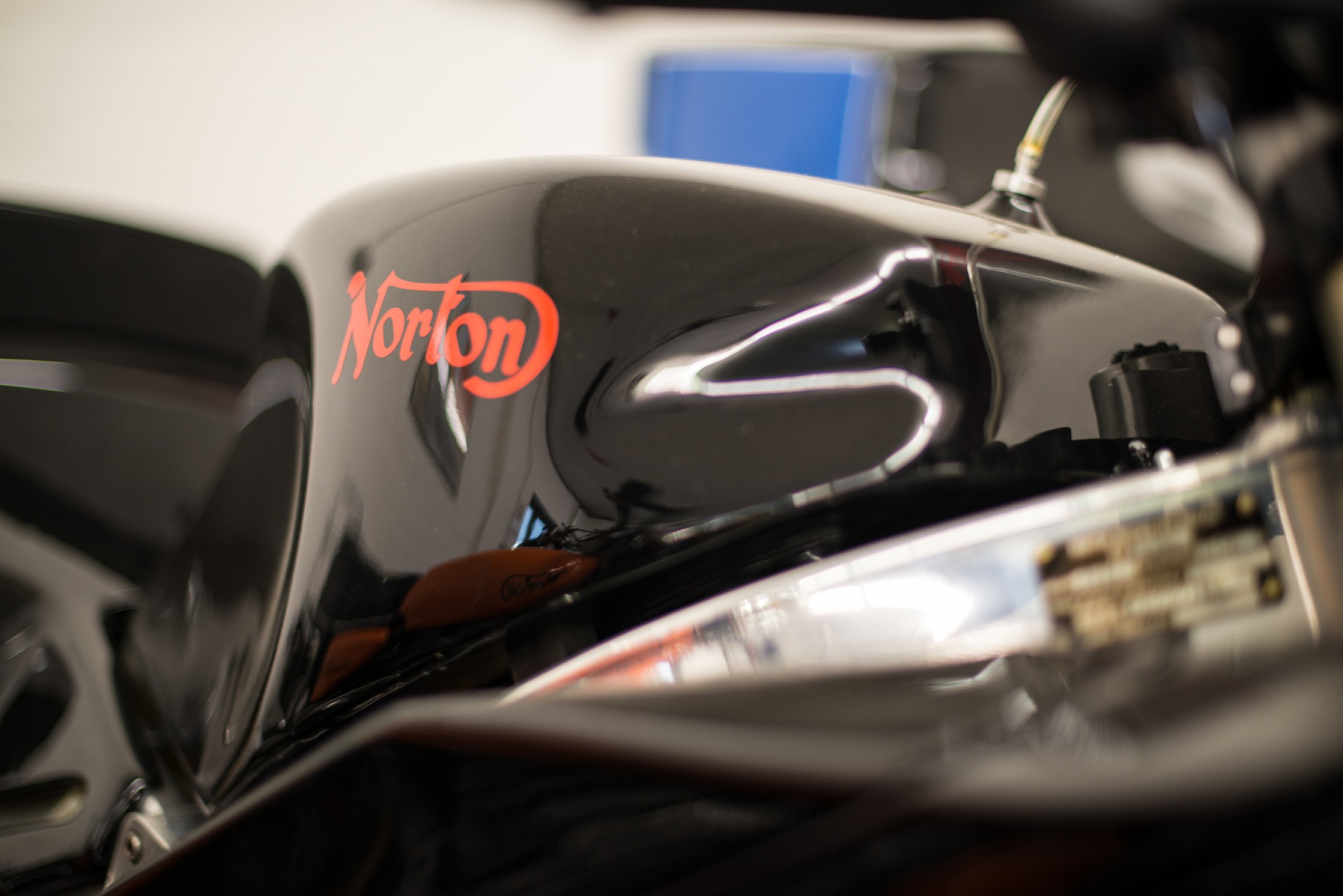- Joined
- Oct 28, 2009
- Messages
- 1,215
In Norman White's "Norton Commando Restoration Manual" he recommends a modification to the cradle which stabilizes the swing arm spindle in the same manner as the factory did on the Mark 3 models. He calls this the cotter pin conversion when done on earlier models.
It looks like a good fix, but it also looks like a lot of work: you have to remove the cradle from the bike and do some very precise measurement, fabricating, fitting and welding. Having done all that work I can imagine the tapered cotter pins might not end up exactly where you want them on the taper.
Seems to me this modification is intended to do the same thing as kegler clamps. Clearly the kegler clamp solution is easier to do.
Any comments on whether the cotter pin modification is that much better of a solution compared to the kegler clamps?
Is the kegler clamps solution inferior in function? Anybody done both mods and in a position to compare?
BTW, I am really impressed with Norman White's book. It is clearly based on years of experience and there is not much in there I would disregard.
Stephen Hill
It looks like a good fix, but it also looks like a lot of work: you have to remove the cradle from the bike and do some very precise measurement, fabricating, fitting and welding. Having done all that work I can imagine the tapered cotter pins might not end up exactly where you want them on the taper.
Seems to me this modification is intended to do the same thing as kegler clamps. Clearly the kegler clamp solution is easier to do.
Any comments on whether the cotter pin modification is that much better of a solution compared to the kegler clamps?
Is the kegler clamps solution inferior in function? Anybody done both mods and in a position to compare?
BTW, I am really impressed with Norman White's book. It is clearly based on years of experience and there is not much in there I would disregard.
Stephen Hill

